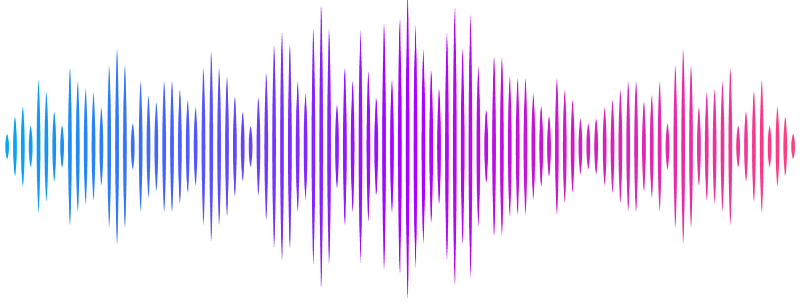2H MRI-based quantification of leucine uptake in glioblastoma multiforme

2H MRI-based quantification of leucine uptake in glioblastoma multiforme
McClendon, S.; Ge, X.; Song, K.-H.; Grief, D.; Fortin Ensign, S. P.; Kodibagkar, V. D.; Hu, L. S.; Garbow, J. R.; Beeman, S. C.
AbstractGlioblastoma (GBM) brain tumors are among the most lethal of all human cancers, with a median survival time of ~15 months. Treatment planning requires radiologic demarcation of tumor boundaries with contrast-enhanced magnetic resonance imaging (CE MRI); however, significant tumor burden extends beyond the contrast-enhancing margins of the tumor. GBM tumors have an increased expression of amino acid (AA) transporters, including the Alanine, Serine, Cysteine Transporter 2 (ASCT2) and the L-Type Amino Acid Transporter 1 (LAT1). This upregulation has been leveraged in positron emission tomography (PET) studies to detect tumor burden beyond the contrast-enhancing margins identified by standard-of-care CE MRI. Here we leverage recent approaches in deuterium metabolic magnetic resonance with this known upregulation of AA transporters in GBM to demonstrate that 2H MR can detect glioma based on enhanced branched-chain amino acid (BCAA) uptake. To the best of our knowledge, these data represent the first non-invasive quantification of AA concentrations in brain tumor and raises the potential to (i) detect tumor burden beyond contrast-enhancing margins and (ii) quantify AA metabolism using 2H MR spectroscopy.